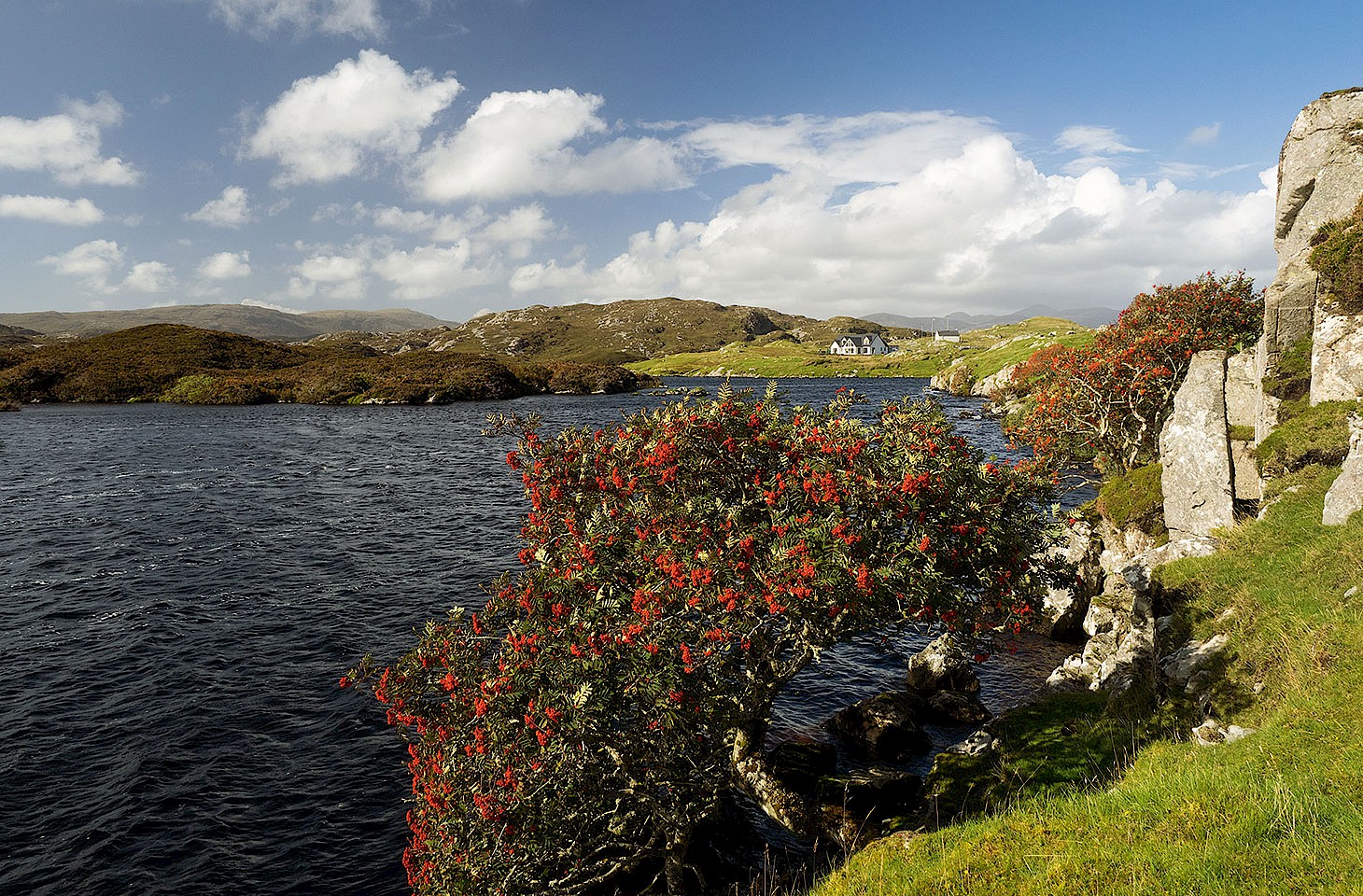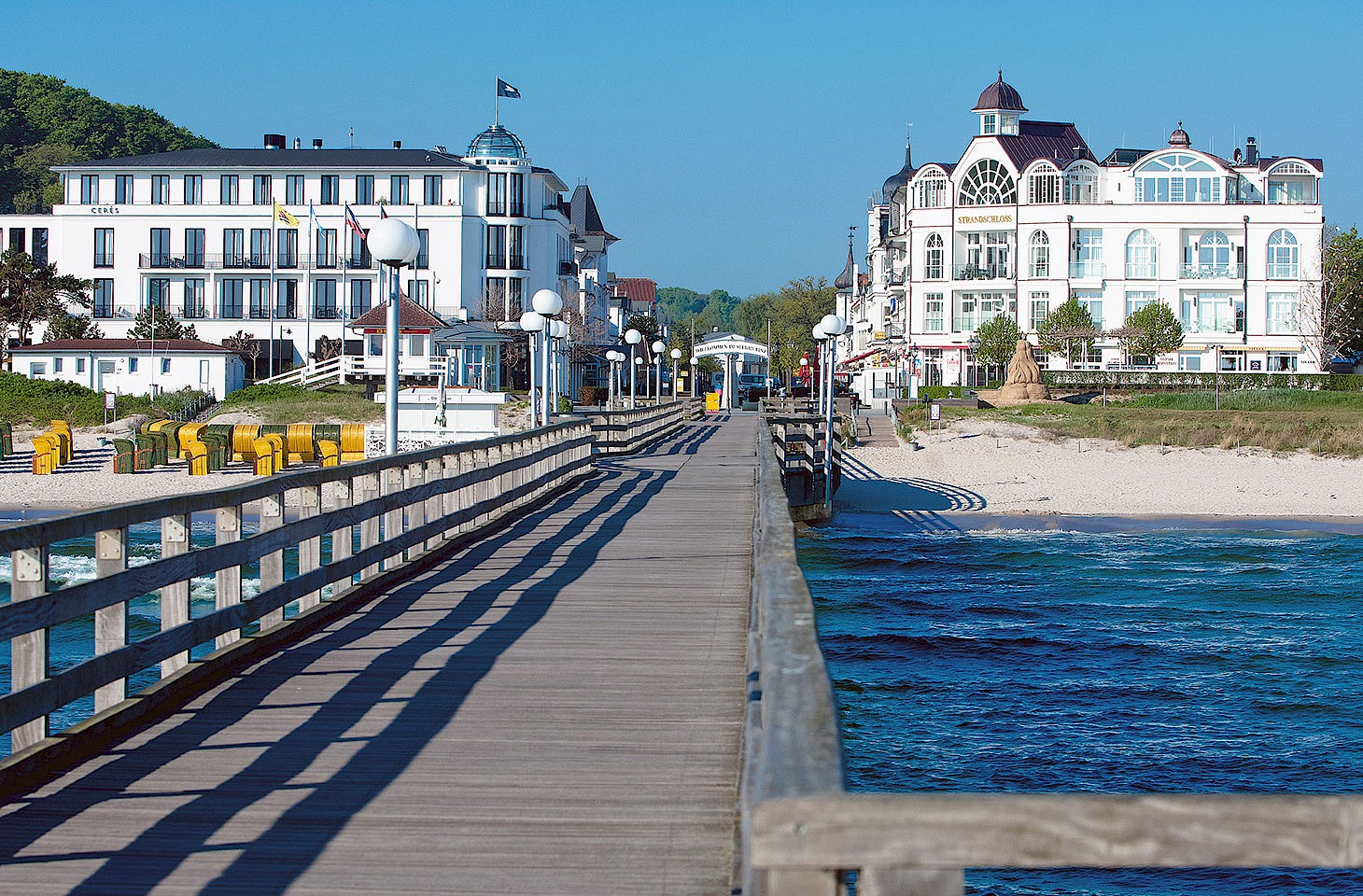Heading west from Trelew on Highway 25, the first place of any size is Gaiman. Swing left off the main road, cut down past Belgrano — a name that since the guerra de las Malvinas has always tickled the English imagination — and you’ll find the Gwalia Lân restaurant on the corner of a street named in honour of Miguel D Jones.
If Michael Daniel Jones were still alive, it’s unlikely he’d approve of the Hispanic hybridisation of his Welsh name on that street sign in Argentina. Jones was born in the unmistakably Welsh village of Llanuwchllyn in 1822. As one of the champions of the Welsh colony in Patagonia, Jones was keen to avoid any mixing of cultures. He had seen the erosion of Welsh religious and cultural traditions among settlers in North America and he was determined that the Welsh community in Patagonia should live in sufficient isolation that national customs, nonconformist convictions and the Welsh language might flourish.
The story of how 160 Welsh settlers sailed from Liverpool on the clipper Mimosa in 1865 to create Y Wladfa (The Colony) is well known. Last year, being the 150th anniversary of the founding of Y Wladfa, saw a media spotlight on Welsh Patagonia. Welsh broadcaster S4C devoted an entire week of programmes to the Patagonian story with features showcasing the pioneering spirit and determination of the early settlers.
Last summer’s commemoration of Y Wladfa in Wales reinforced something which lies deep in the Welsh psyche, namely the warm appreciation of an episode in Welsh history when the people had demonstrated their capacity to run their own show (without any interference from the English). The Patagonian story was lauded in 1939 by the Welsh poet Saunders Lewis as “y weithred fwyaf anturus ac arwrol yn hanes Cymru yn y ganrif ddiwethaf” (the most adventurous and heroic deed in the history of Wales in the last century). In today’s post-Devolution piety, the Welsh adventures in the Chubut Valley (and later in the shadow of the Andes) have acquired mythic status.



